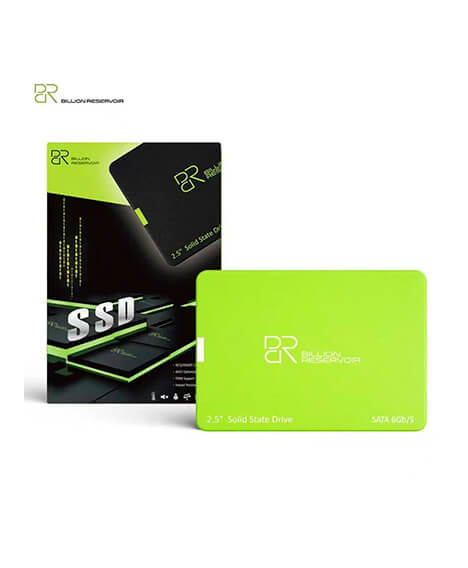Billion Reservoir BR 128GB J11 2.5 Inch Sata III SSD
CALL FOR LATEST PRICE
Hotline: 01999-995860
🌐দাম জানতে সরাসরি ফোন, হোয়াটসঅ্যাপ অথবা ফেসবুক পেইজে মেসেজ দিন।
Brand-Billion Reservoir BR
Model-J11
Capacity-Option 128GB
Interface-SATA III 6Gb/s
Form Factor-2.5-inch (7mm)
MTBF-2,000,000 hours
Compare
Billion Reservoir BR 128GB J11 2.5 Inch Sata III SSD
Brand Billion Reservoir BR
Model J11
Storage & Interface
Capacity Option 128GB
Interface SATA III 6Gb/s
Form Factor 2.5-inch (7mm)
Read Speed 558 MB/s
Write Speed 550 MB/s
Terabyte Written 15.3TB/ >2,560TB [3]
Input Voltage DC +5V
Operation Temperature 0°C ~ 70°C
Storage Temperature -40˚C ~ 85˚C
NAND Flash Option 3D QLC, TLC
Performance
Read Up to 560MB/s Max
Write 480MB/s [4]
Humidity 0°C ~ 55°C / 5% ~ 95% RH, non-condensing
Vibration 20G (non-operating)
Shock 1,500G
MTBF 2,000,000 hours
Operating System Windows 10 / 8.1 / 8 / 7
MAC OS 10.4 or later
Linux 2.6.33 or later
Physical Description
Dimensions 100(L) x 70(W) x 7(H) mm
Warranty
Warranty Limited 3-year
Description
Billion Reservoir J15 SSD
The standard form factor for an SSD is 2.5-inch, which fits inside the drive bay of most laptop or desktop computers. Because many users replace their hard drives with solid state drives, the 2.5-inch drive has become a standard for all HDDs and SSDs.
In the long run, it will save wasting time on disk management. Of course, it is better to have 256GB than 128GB, and larger SSDs perform better. But you don’t actually need 256GB to run “most modern computer programs”. You would only need that much space for processing large files, such as re-encoding videos.
There are two different types of SSDs: Serial Advanced Technology Attachment SSDs (SATA) and Peripheral Component Interconnect express SSDs or Non-Volatile Memory express SSDs (PCIe/NVMe/PCIe-NVMe).
SATA SSDs look like laptop hard drives, flat and rectangular like the Samsung pictured above. They are the lowest grade SSD and use the same interface as hard drives. However, a PC that uses a SATA SSD has three to four times the bandwidth (how much data it can read/write simultaneously) than a PC using a hard drive.





